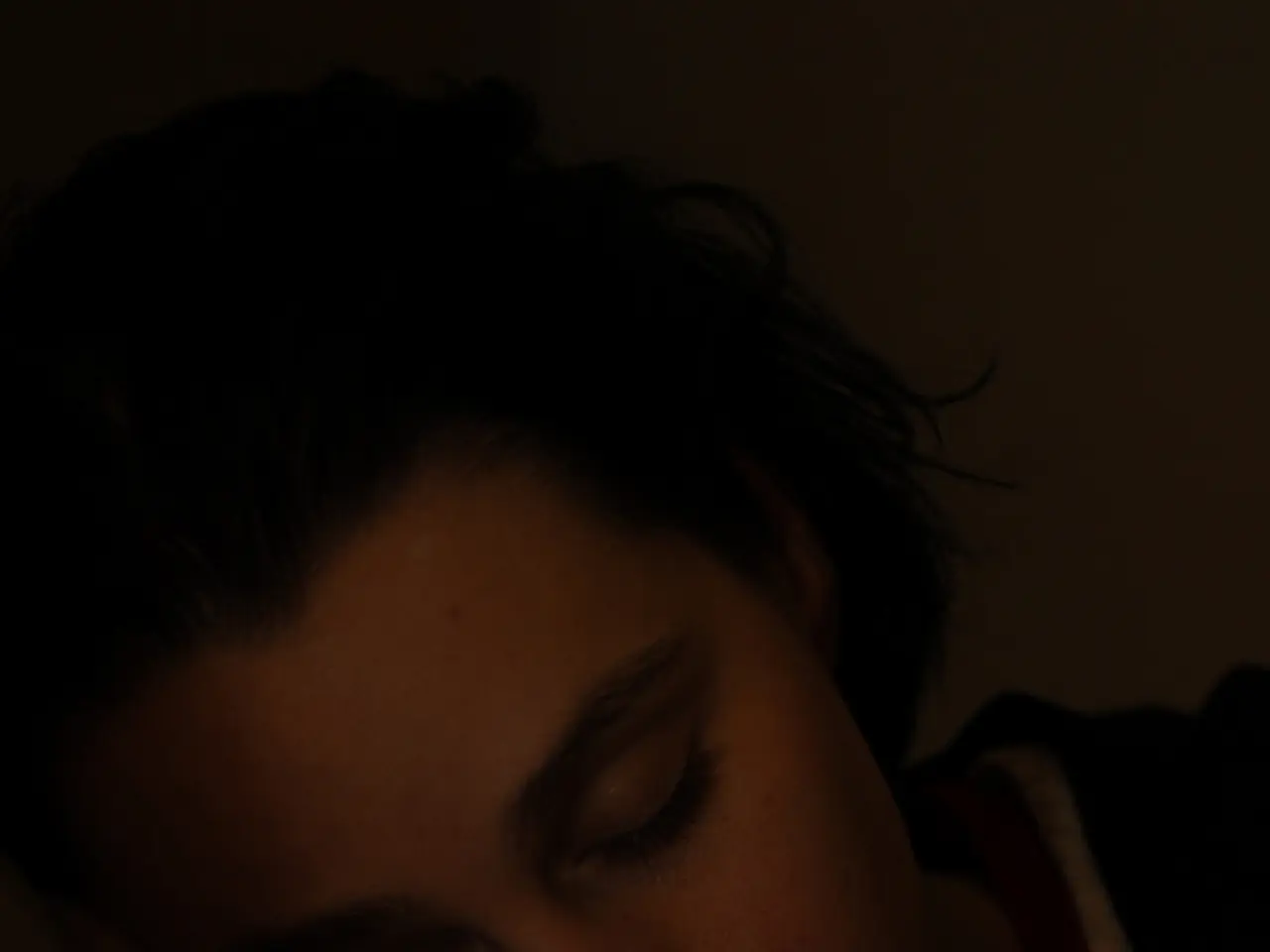Sleeplessness Syndrome: Understanding Its Causes and Treatment - Find Out More
Idiopathic hypersomnia is a rare sleep disorder that affects individuals with excessive daytime sleepiness, difficulty waking up from sleep, and sleep inertia. Although the exact cause of this condition is not fully understood, several hypotheses have been proposed to explain its symptoms.
Sleep architecture alterations, dysregulated GABA signaling, immunologic and inflammatory factors, and dysautonomia are some of the potential causes of idiopathic hypersomnia. These theories suggest that the disorder may be related to changes in sleep patterns, abnormalities in neurotransmitter signaling, and underlying immune or autonomic nervous system issues.
Diagnosing idiopathic hypersomnia requires symptoms to have persisted for at least three months, and doctors may use a multiple sleep latency test to confirm the diagnosis. People with idiopathic hypersomnia may feel unrefreshed upon waking, even after a long sleep, and may experience a compulsion to sleep at any point during the day, including at work or during a meal.
The disorder can cause a range of complications, such as anxiety, irritation, restlessness, fatigue, difficulty thinking or concentrating, slow speech, hallucinations, reduced appetite and weight loss, memory problems, and potential struggles with social and work life.
Treatment for idiopathic hypersomnia is primarily focused on managing symptoms. Low-sodium oxybate (LXB) is the only US-approved therapy for the disorder, acting by modulating GABA and gamma-hydroxybutyrate receptors. Other wakefulness-promoting medications like modafinil or armodafinil may also be prescribed off-label to help manage excessive daytime sleepiness.
Improving sleep hygiene, maintaining a regular sleep schedule, and avoiding sleep deprivation can help manage symptoms. Cognitive behavioral therapy may be beneficial for addressing related mood disorders or improving coping mechanisms.
Hypersomnia can be primary or secondary, with examples of primary hypersomnia including narcolepsy, idiopathic hypersomnia, and Kleine-Levin syndrome. People with primary hypersomnia may receive treatment with stimulants like amphetamine or methylphenidate to prevent excessive sleepiness.
For secondary hypersomnia, treatment may involve addressing the underlying condition. Examples of secondary hypersomnia include sleep deprivation, sleep disorders that fragment sleep, head injury, neurologic disorders, medical disorders, certain medications, and other drugs. When a doctor is successful in treating the underlying condition, hypersomnia symptoms may disappear.
It is essential for anyone experiencing excessive sleepiness regularly without a clear cause to speak with a doctor, particularly if the symptoms are disrupting social, work, or family life. Further research is needed to fully understand the causes of idiopathic hypersomnia and develop more effective treatments.
- The science behind idiopathic hypersomnia suggests that mental health, such as anxiety and irritation, may be affected due to the disorder's impact on sleep patterns, potentially leading to restlessness, fatigue, and difficulties in thinking or concentrating.
- In addition to the approved therapy for idiopathic hypersomnia – low-sodium oxybate – health-and-wellness routines can help manage symptoms, including maintaining a regular sleep schedule, improving sleep hygiene, and avoiding sleep deprivation.
- A key symptom of idiopathic hypersomnia is excessive daytime sleepiness, which can interfere with one's mental health, social life, and work, making it crucial to consult a doctor for proper diagnosis and treatment.




